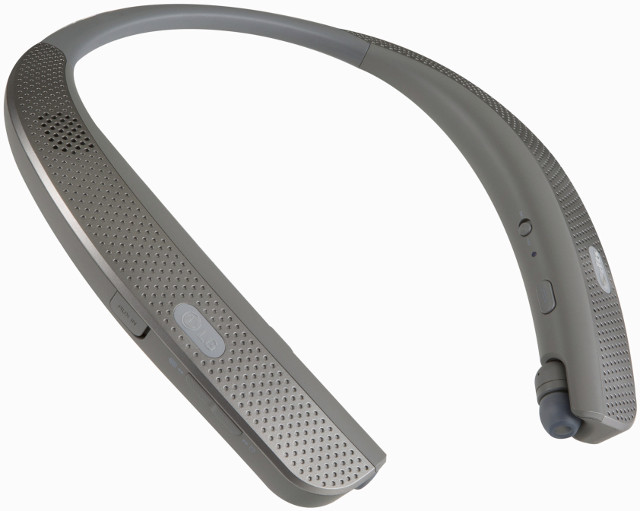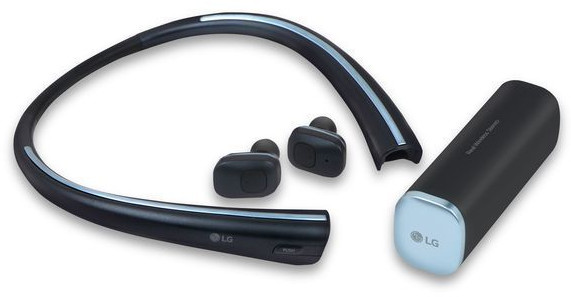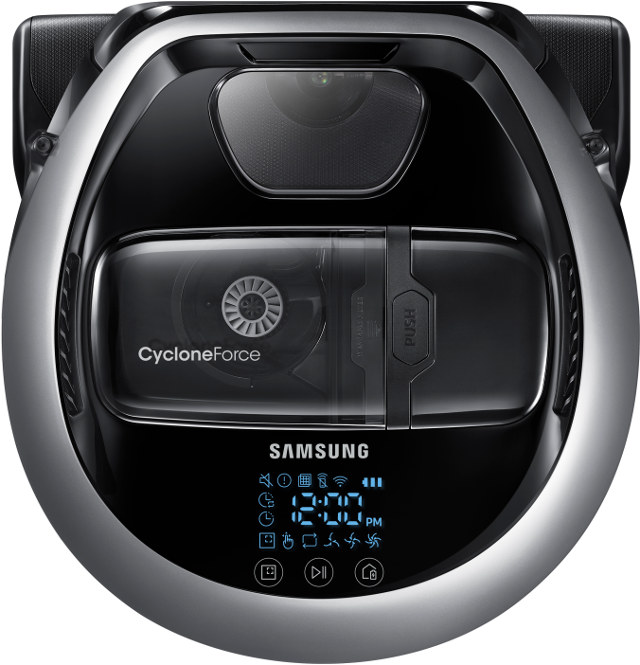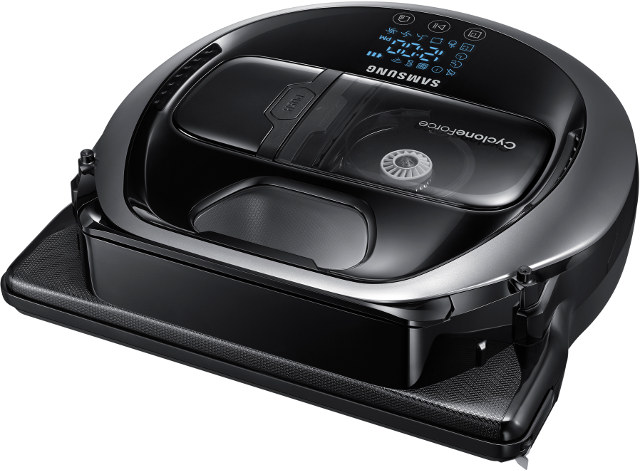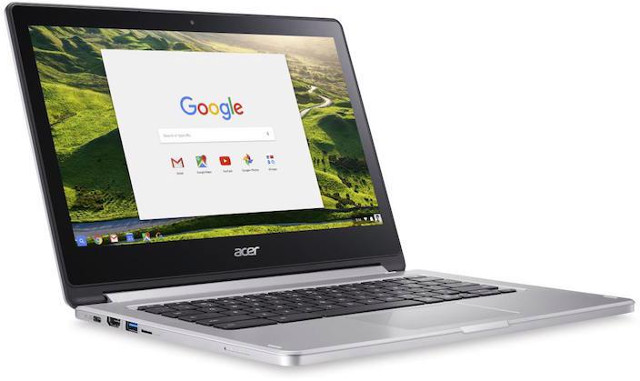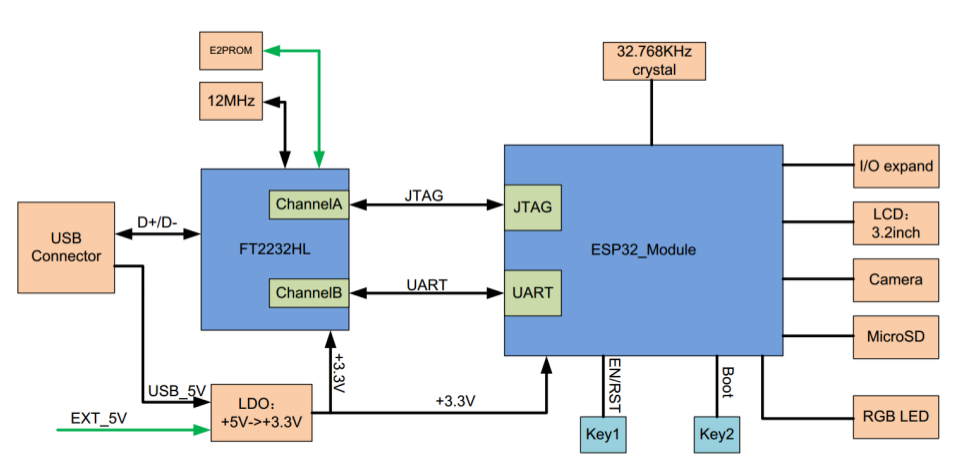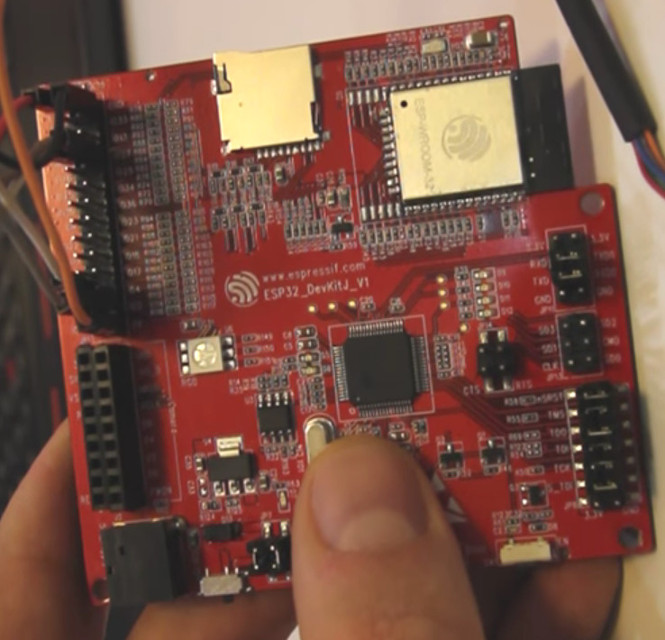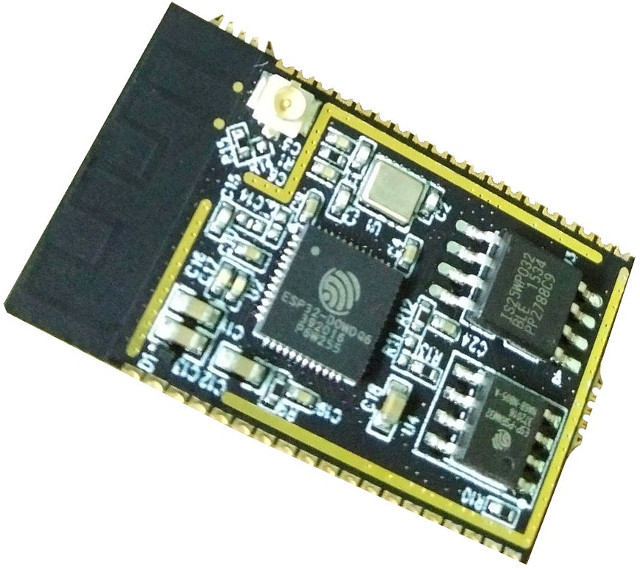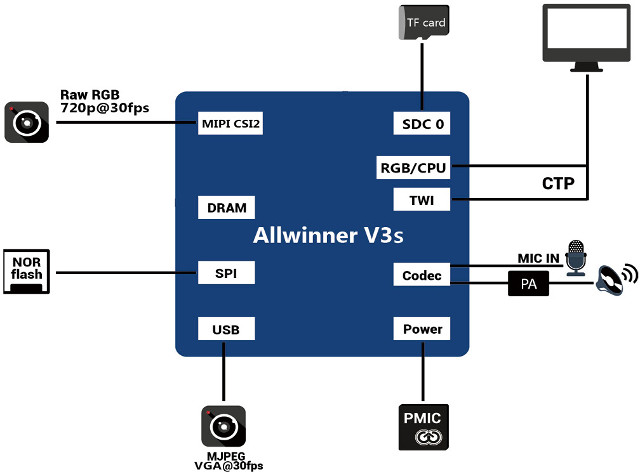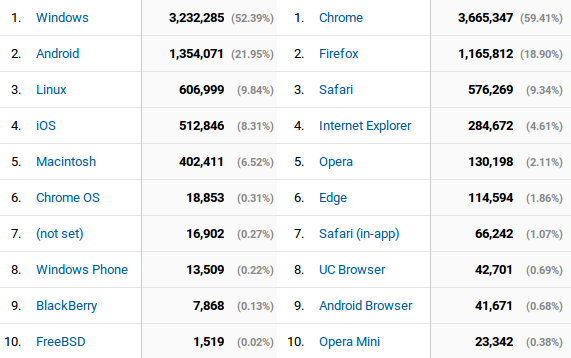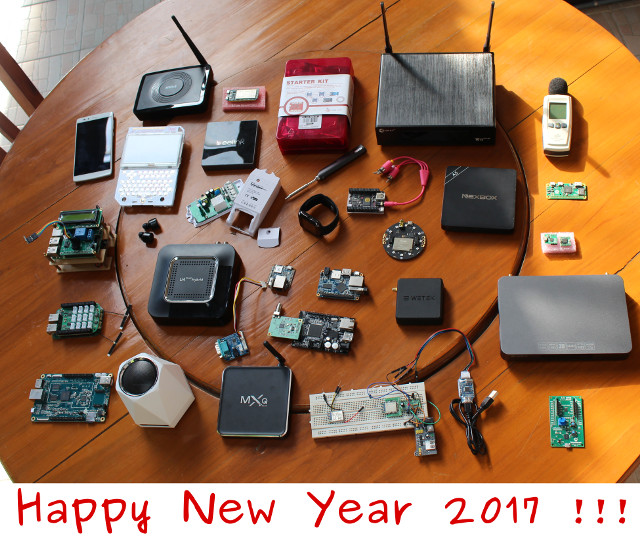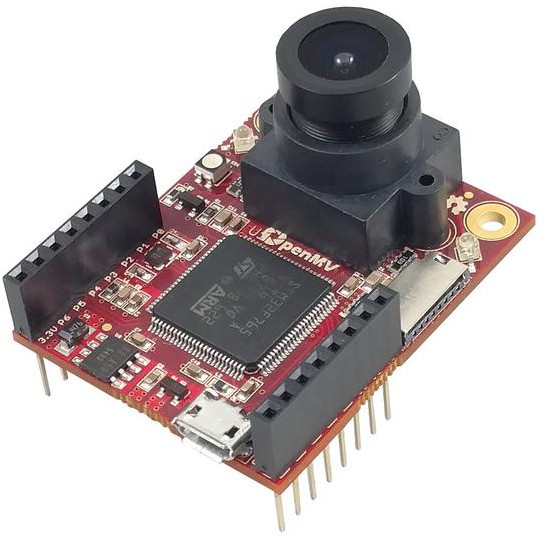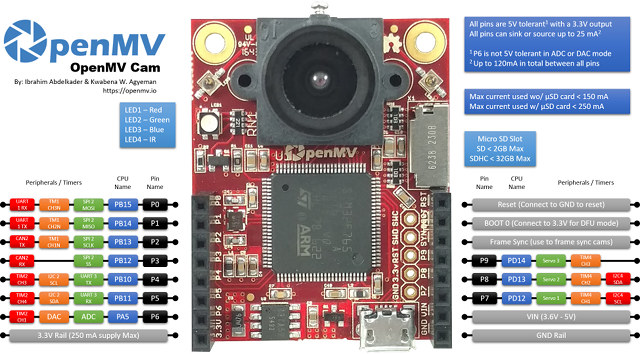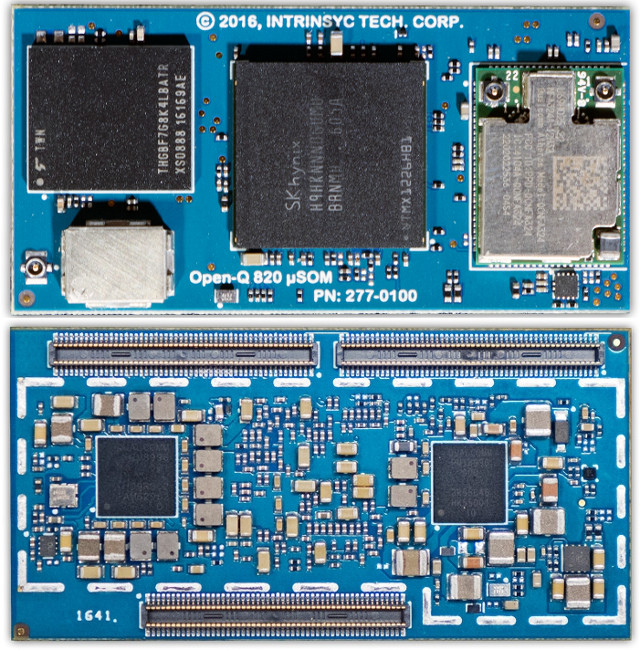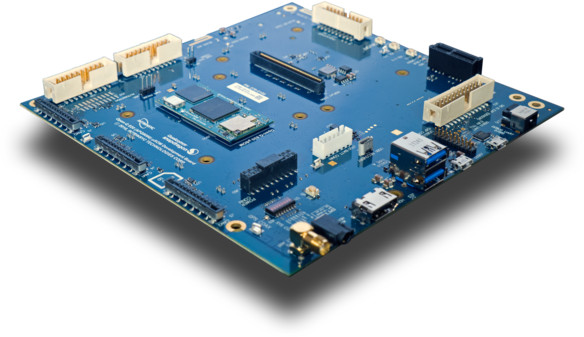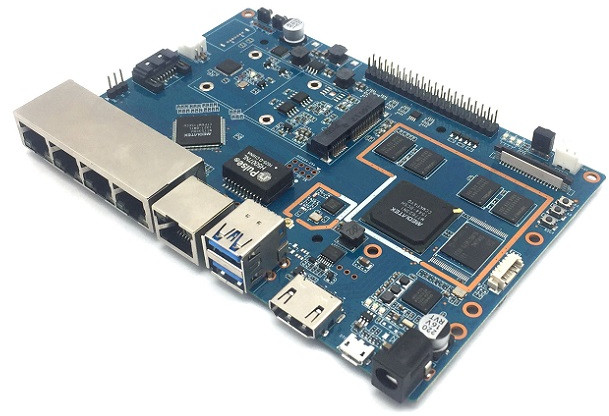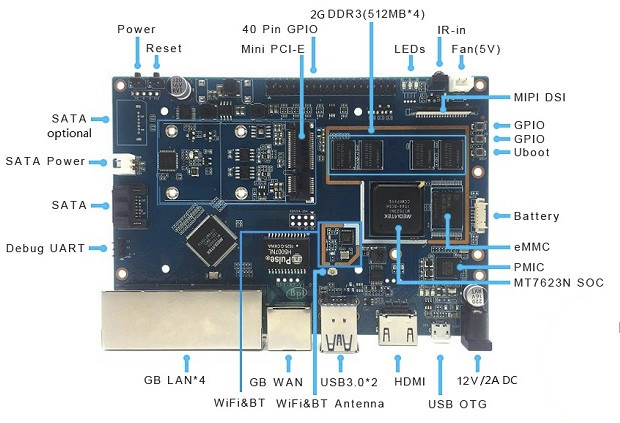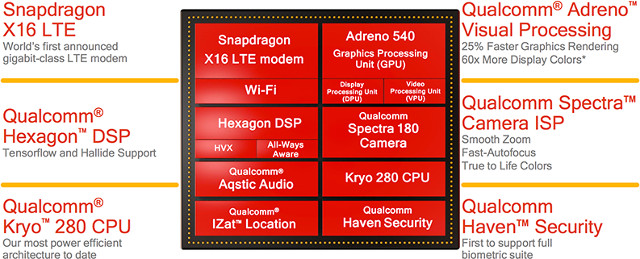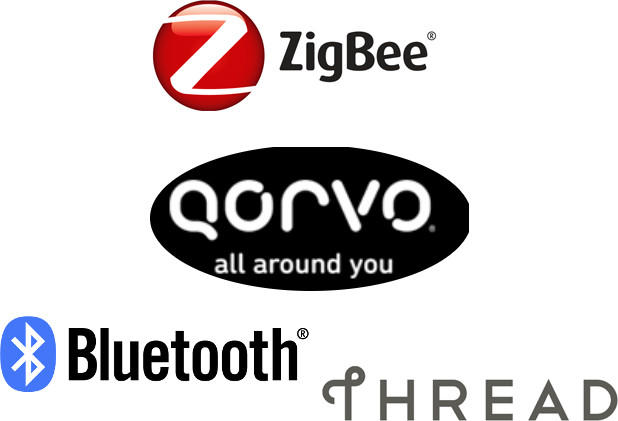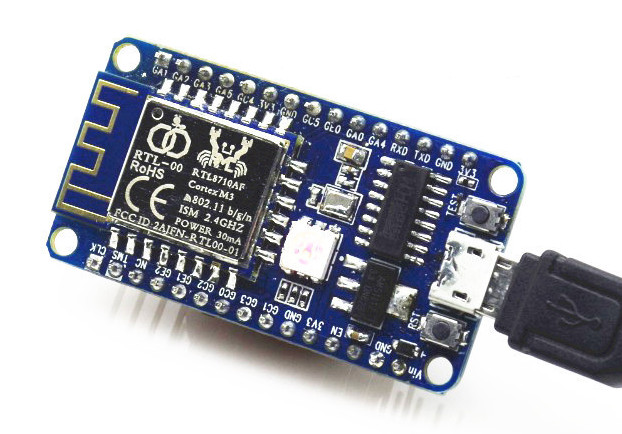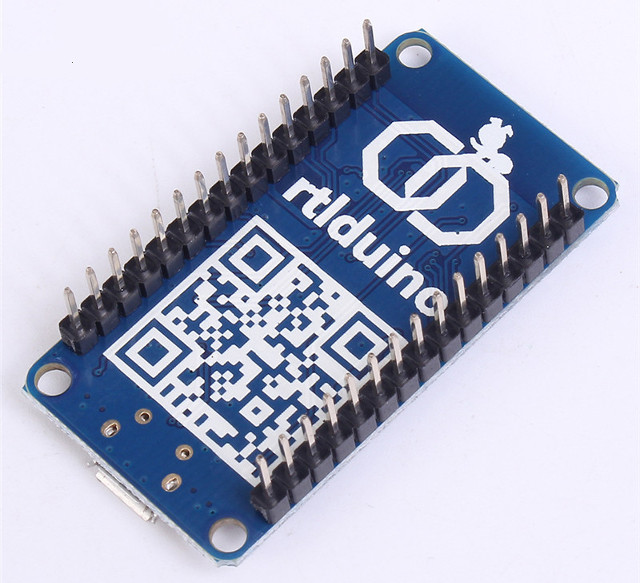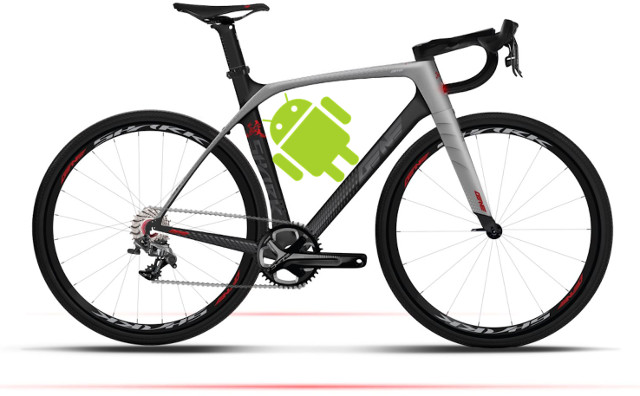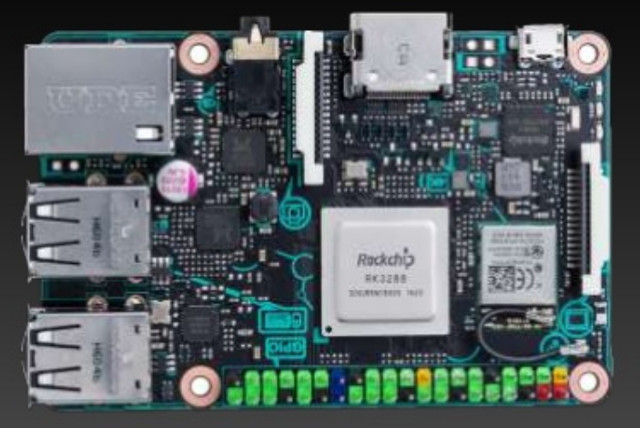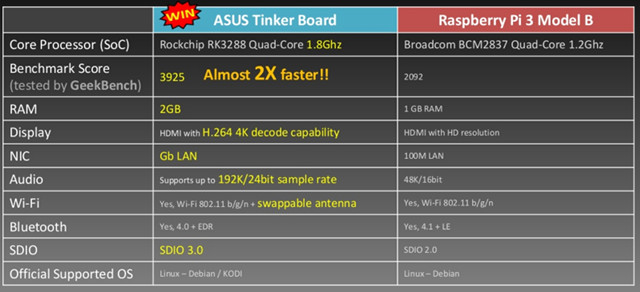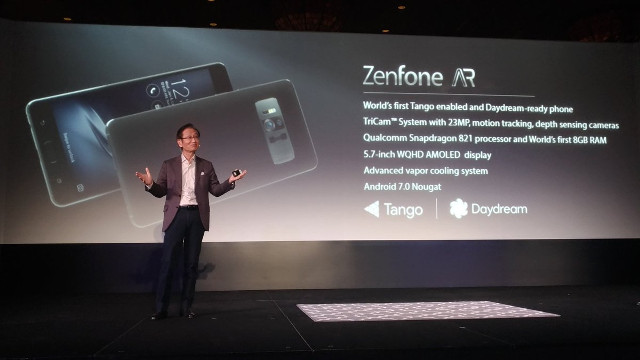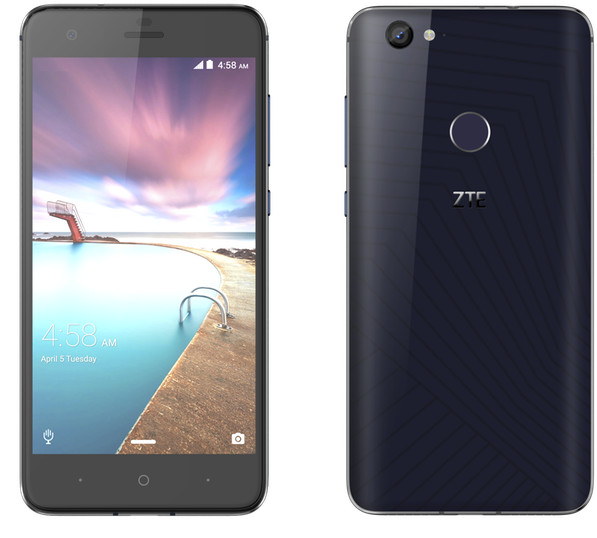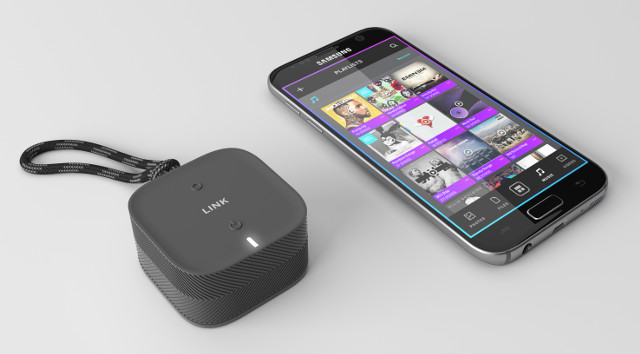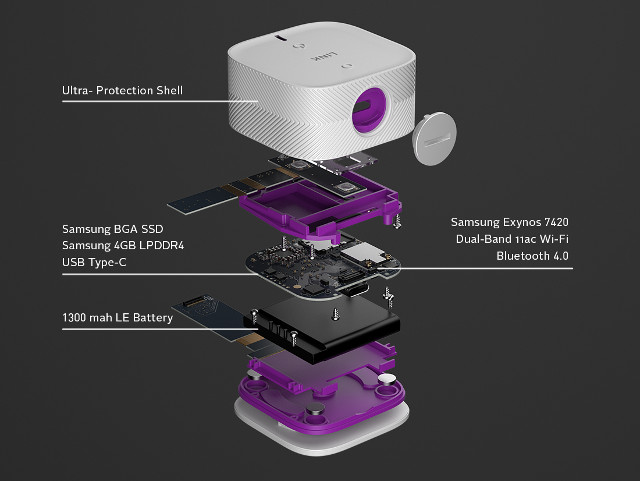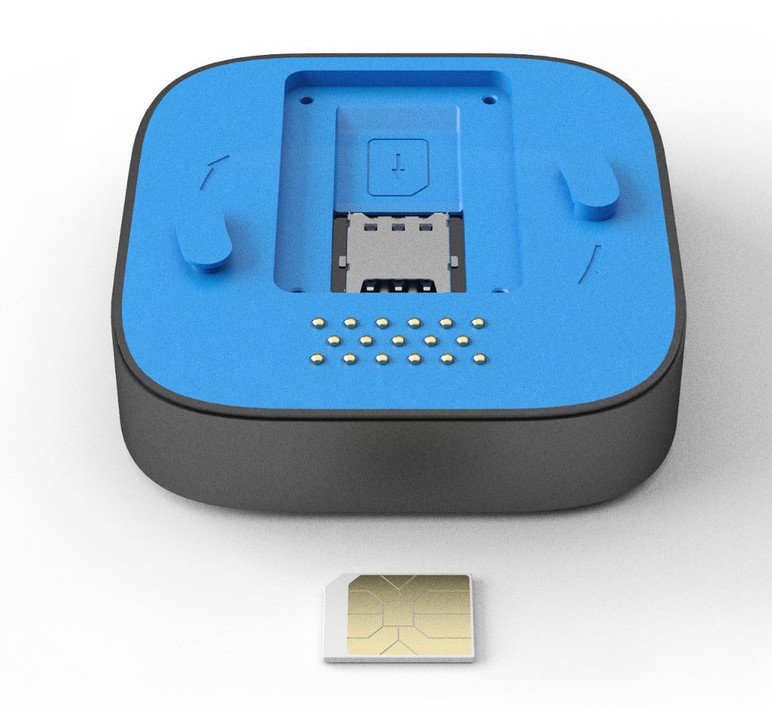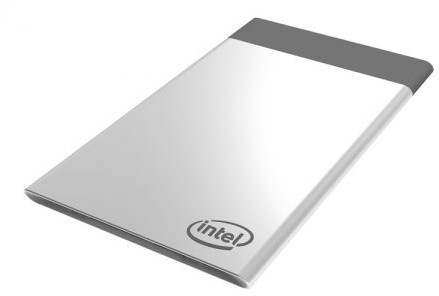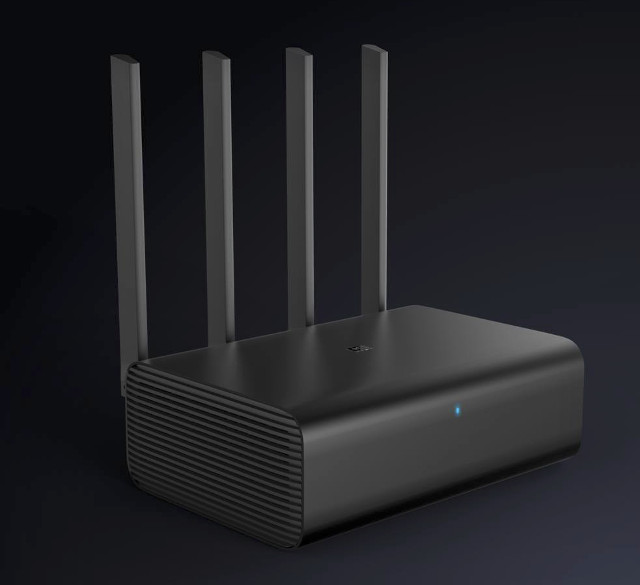The last day of the year is a good time to look back at what the year brought us, and I have to say it has been a fun and interesting year on CNX Software. The TV boxes news cycle has been dominated by Amlogic products, but most products have now switched to 64-bit ARM SoC, with 4K and HDMI 2.0 support, and price have kept going down, so you can now get a 4K TV box for as low as $20, although many people will prefer spending a bit more for extra memory and support. Intel based Bay Trail & Cherry Trail mini PCs have continued to be released with Windows, and in some cases Ubuntu, but the excitement seems to have died off a bit, maybe with the expectation of upcoming Apollo Lake mini PCs that should be more powerful. The year have been especially fruitful in the IoT space with a dramatic reduction in costs and sizes from ESP8266 boards to GPS modules and microwave radar modules, and we’ve also seen LPWAN modules & boards, mostly based on LoRa, but also Sigfox, being brought to market, as well as an alternative to ESP8266 with Realtek RTL8710AF, and of course the launch of Espressif ESP32 SoC with WiFi and Bluetooth LE. We’ve also been spoiled with development boards this year with the launch of 64-bit boards such as Raspberry Pi 3, ODROID-C2, and Pine A64+, as well as more dirt cheap Orange Pi boards, joined by NanoPi boards later in the year, and made all the more useful thanks to armbian community.
I’ve compiled a list of the most popular posts of 2016 using the page views count from Google Analytics:
- Amlogic S905 vs S812 Benchmarks Comparison (January 2016) – Amlogic S905 was probably the most popular SoC for TV boxes in 2016, thanks to a decent set of features, and aggressive pricing from manufacturers. So people wanted to find out if it was worth upgrading from S812 to S905, or maybe had to decide between purchasing a S905 or S812 TV box.
- Raspberry Pi 3, ODROID-C2 and Pine A64+ Development Boards Comparison (February 2016) – 2016 was also the year of cheap 64-bit development board with the launch of Raspberry Pi 3, ODROID-C2 and Pine A64+ boards, more or less at the same time, so again people want have wanted to look at which one to buy through this comparison.
- This is What a 16 Raspberry Pi Zero Cluster Board Looks Like (January 2016) – What can generated more buzz than the Raspberry Pi Zero? A cluster of Raspberry Pi Zero boards, as this post went viral the day after being posted. There was some talk about a crowdfunding campaign at one point, but it never happened.
- Review of K1 Plus Android TV Box with Combo DVB-S2/DVB-T2 Tuner (February 2016) – My review of K1 PLus T2 S2 might not be the most viewed post on CNX Software, but it sure generated a lot of comments, as while the product offers a unique combination of DVB-T2 and DVB-S2 tuners in an Android TV box at an attractive price, the documentation and software may need some improvements. Unofficial OpenELEC firmware images later surfaced from the community.
- How to Change Language to English and Install Apps Remotely on Xiaomi Mi Box 3 Enhanced (April 2016) – Xiaomi Mi Box 3 Enhanced is probably the most powerful TV box that can easily be purchased worldwide, but the caveat is that it has only been designed for the Chinese market. That post explains how to work around that limitation.
- Amlogic S905 vs Amlogic S912 Benchmarks Comparison (September 2016) – Quad core vs octa core, yeah twice the performance! Well not quite, but people were still curious to find out how the latest octa-core Amlogic S912 SoC would perform against Amlogic S905, and the truth is that the performance difference is rather minor, except for 3D graphics.
- NEXBOX A95X (Amlogic S905X) TV Box Review – Part 2: Android 6.0 and Kodi 16.1 (August 2016) – NEXBOX A95X was one of the first TV boxes based on Amlogic S905X processor, and my second review. The device is tiny an relatively cheap, so the review attracted some eyeballs.
- Mini M8S II TV Box (Amlogic S905X) Review – Part 2: Android 6.0 Firmware (July 2016) – My first review of an Amlogic S905X TV box nearly had the same number of views as NEXBOX A95X post, and many of the same features, just in a different package.
- Getting Started with Wemos D1 mini ESP8266 Board, DHT & Relay Shield (March 2016) – Wemos D1 mini is a great little ESP8266 board. It’s small, cheap ($4), and easy to use. The optional shields, just as cheap, make it a very attractive option for your IoT projects. Other people noticed it too, and then visited my review to get started.
- Raspberry Pi 3 Model B Board Features a 64-Bit ARM Processor, Adds WiFi and Bluetooth Connectivity (February 2016) – The last post is the list if a Raspberry Pi 3 leak just one day before the actual announcement.
Stats
Traffic has been rather steady in 2016 over the months.
![cnx-software-traffic-2016]() The blog got around 9.8 millions pageviews in 2016 compared to about 7.2 millions pageviews in 2015, a 36% growth in traffic that was likely helped by my not going on a 3 months trip this year…
The blog got around 9.8 millions pageviews in 2016 compared to about 7.2 millions pageviews in 2015, a 36% growth in traffic that was likely helped by my not going on a 3 months trip this year…
“openwrt” and scoop.it, respectively the top keyword and referral in 2015, were replaced by “amlogic s912” and Facebook in 2016. Google Analytics only shows the last three months for keywords, and the full year for referrals, with referrals excluding search engines such as Google where CNX Software gets most of its traffic.
| Top 10 Keywords |
Top 10 Referrals |
| amlogic s912 |
facebook.com |
| rk3399 |
flipboard.com |
| s905 vs s905x |
scoop.it |
| s905x vs s912 |
t.co |
| mxq box |
m.facebook.com |
| amlogic s905 |
4pda.ru |
| orange pi vs raspberry pi |
com.google.android.googlequicksearchbox |
| s905 vs s912 |
duckduckgo.com |
| s912 vs s905x |
plus.google.com |
| amlogic |
freaktab.com |
The visitor mix of the blog per country as not changed much, with the top 10 countries of 2015 still there in 2016, and the top five order unchanged with United States, United Kingdom, Germany, Canada, and France.
![cnx-software-visitors-2016]() London still hold the top city spot, but Hong Kong and Moscow dropped of the list to be replaced by New York and Melbourne.
London still hold the top city spot, but Hong Kong and Moscow dropped of the list to be replaced by New York and Melbourne.
![cnx-software-2016-browser-operating-systems]()
Windows is still the main operating system of CNX Software visitors, but its share, as well as the share of other desktop operating ssystems including Linux and “Macintosh”, keeps dropping, while Android and iOS are having a stronger and stronger presence. In the “browser war”, Chrome lead extended further from 52.93% in 2015 to 59.41% in 2016, and Firefox dropping from 23.54% to 18.90%. Microsoft Edge probably had the best growth going from 0.56% last year to 1.86% this year.
Some of the 2016 review samples and I wish all my readers a very happy, prosperous, and healthy new year 2017.
![Click to Enlarge]()
Click to Enlarge
Tweet The last day of the year is a good time to look back at what the year brought us, and I have to say it has been a fun…
